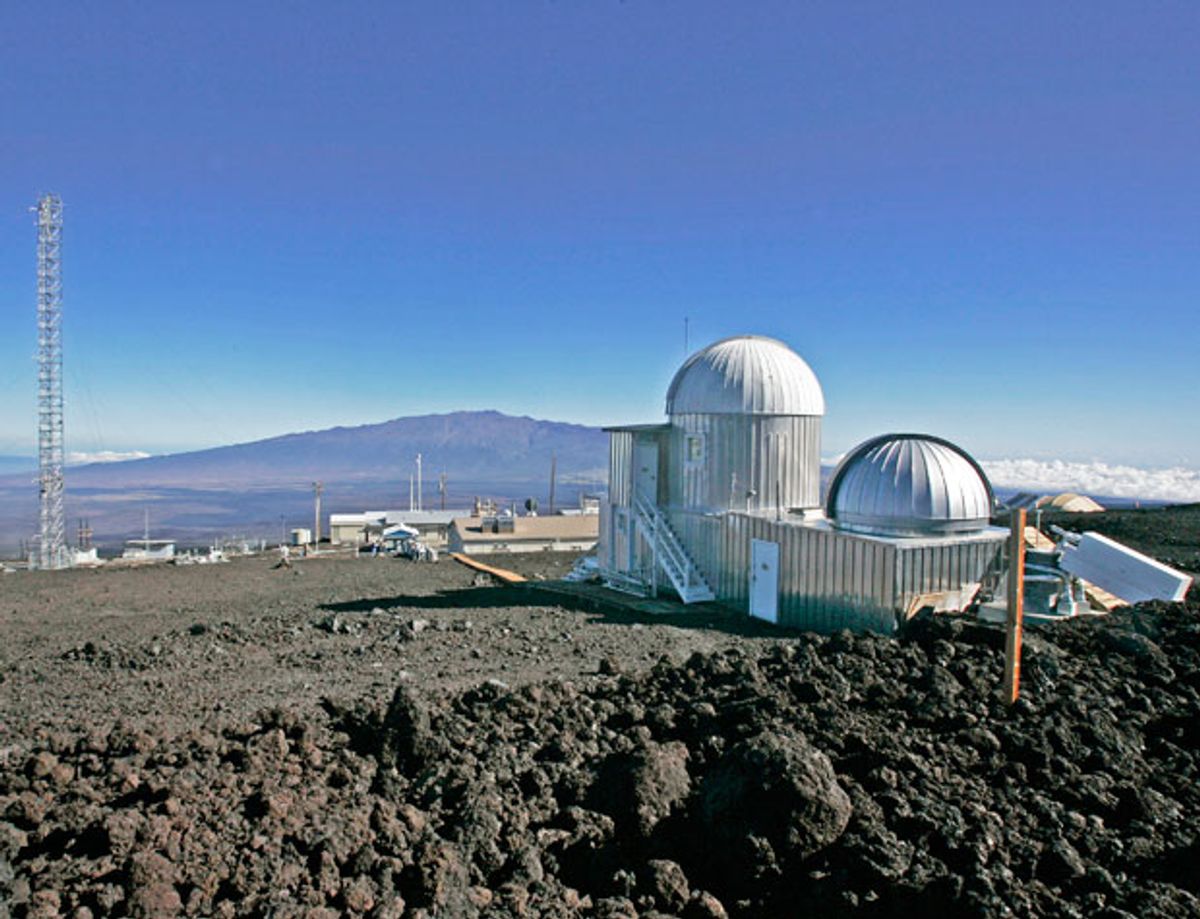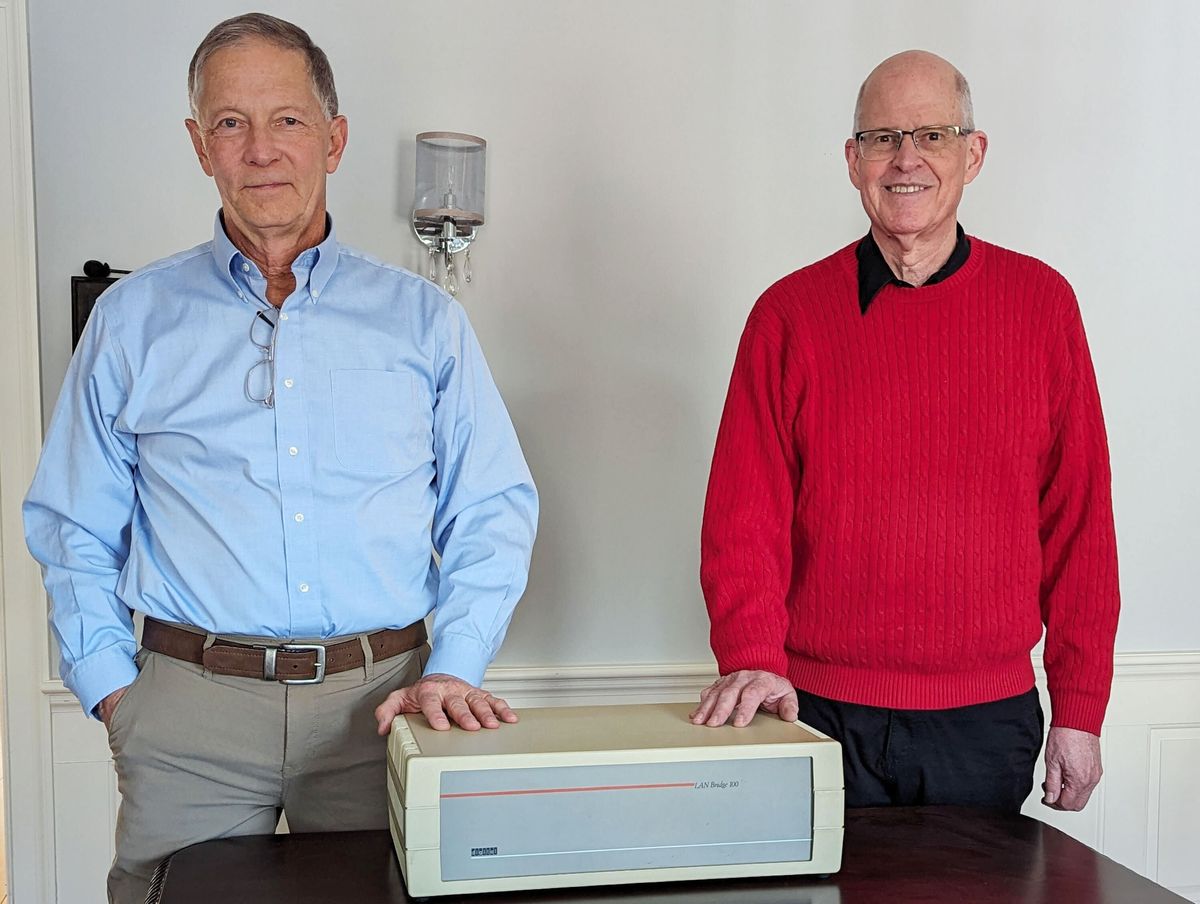Last Thursday, global atmospheric concentrations of carbon dioxide, as measured atop Hawaii's Mauna Loa volcano, reached 400 parts per million. The good news is that most educated people now have a sense of what that means—which would not have been the case 10 years ago. The bad news is that the world is more confused than ever regarding what to do about it.
Since humans started pumping greenhouse gases into the atmosphere in large quantities with the beginning of the industrial revolution in the mid-1700s, CO2 concentrations have increased about 50 percent. To put it another way, today's CO2 concentrations are about 50 percent higher than at their interglacial peaks, going back at least 800 000 years, as estimated from the longest Antarctic ice core. And they are climbing at the highest rates in measured time. Two-thirds of the increase in industrial times has taken place in just the last half century, since Charles Keeling set up instruments on Mauna Loa to measure CO2 in the late 1950s.
“The last time in the Earth’s history when we saw similar levels of CO2 in the atmosphere was probably about 4.5 million years ago when the world was warmer on average by three or four degrees Celsius than it is today,” Professor Sir Brian Hoskins, director of the Grantham Institute for Climate Change at Imperial College London, told the Financial Times. “There was no permanent ice sheet on Greenland, sea levels were much higher, and the world was a very different place.”
“If you’re looking to stave off climate perturbations that I don’t believe our culture is ready to adapt to, then significant reductions in CO2 emissions have to occur right away,” Mark Pagani, a Yale geochemist and paleoclimatologist, told The New York Times. “I feel like the time to do something was yesterday.”
There's the rub. Metaphorically speaking, the day before yesterday saw the conclusion of the Rio Framework Convention on Climate Change in 1992 and the adoption of the Kyoto Protocol 1997, whereupon many of the leading industrial countries did start making serious efforts to cut their greenhouse gas emissions. But the United States opted out of that process, and rapidly industrialized countries like China and India were not required to join in. Then, yesterday, with the global financial meltdown and near-depression, the whole world took a timeout on climate policy. Traumatic events like the U.S. heat wave last summer and Hurricane Sandy last fall continued to deliver rude reminders of what climate change could mean. But with major economies still struggling to get moving again, much of the public remained unready to get—and certainly unready to act on—the message.
What now? Is it not time for the United States, which seems at last to be getting over the economic hump, to get into the game of climate diplomacy in a serious way?
Photo: Mauna Loa Observatory, by Chris Stewart/AP Photo


